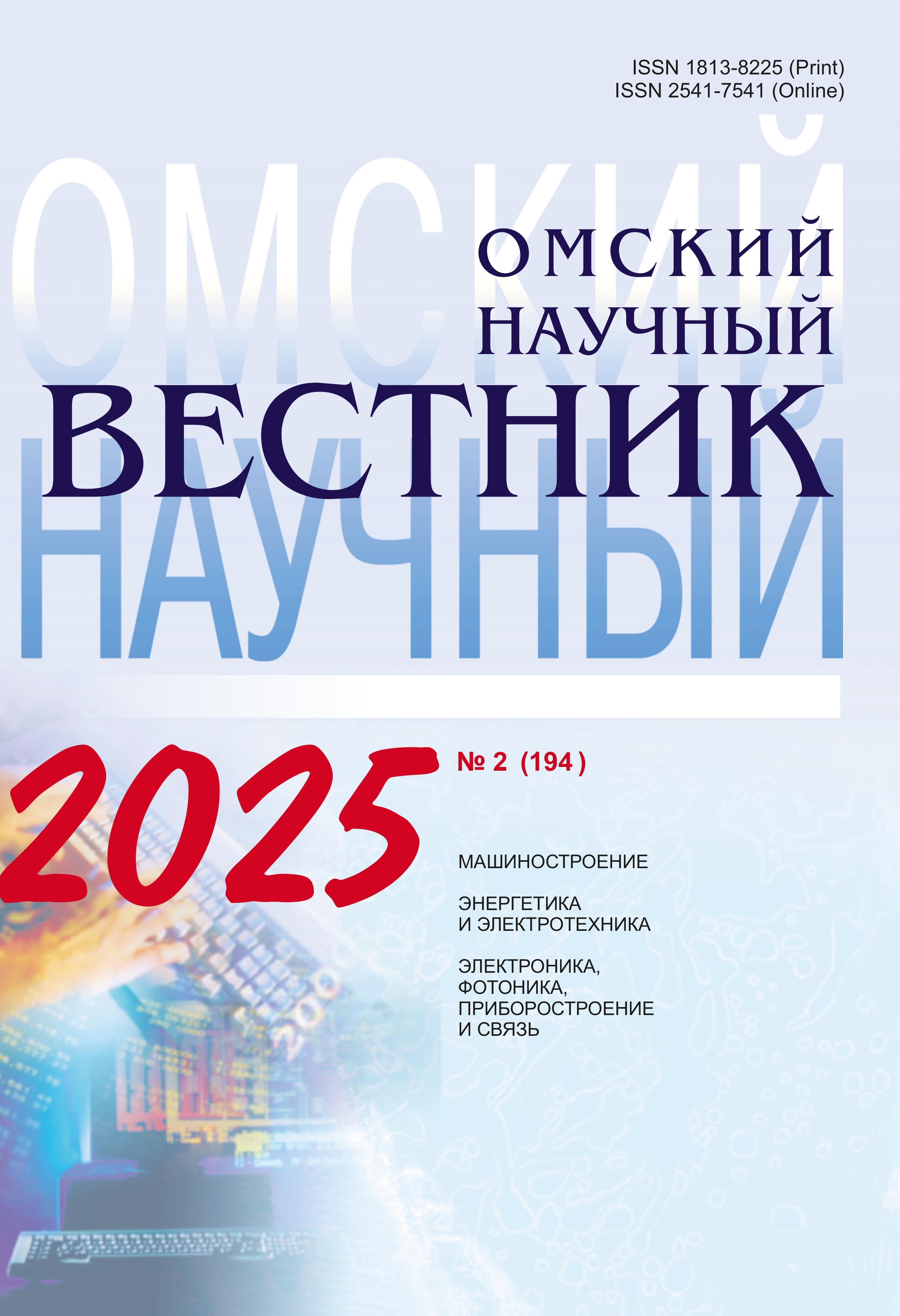Bezier curve conjugation for smooth curve joining and corner rounding
DOI:
https://doi.org/10.25206/1813-8225-2025-194-26-34Keywords:
Bezier curve, parametric continuity, conjugation, CAD-systems, geometric kernel, full life cycle systems “SARUS”Abstract
The authors propose an analytical method for the smooth connection of two Bezier curves of arbitrary degree using a connecting curve, which is also a Bezier curve. At the points of connection between the connecting curve and the original curves, the smoothness order corresponds to the degrees of the original curves. Additional constraints can be imposed on the connecting curve, which frequently arise when addressing practical design challenges. Theorems establishing the necessary conditions for the existence of the connecting curve are proven. The capabilities of the proposed method are demonstrated by solving two problems: the smooth connection of two initially given Bezier curves and the smooth rounding of an interior corner formed by intersecting initially given Bezier curves. The solution to the second problem enables both symmetric and asymmetric rounding of corners formed by the intersection of non-straight lines, while maintaining a high degree of smoothness at the connection points. The influence of additional constraints on the connecting curve's shape is shown.
The proposed mathematical method is based on solving a system of linear equations, where the equations represent the derivative equality conditions at the connection points and at the points where additional constraints are applied. Bezier curves are treated as special cases of B-splines. The proposed method is applicable to both 2D and 3D scenarios.
Downloads
Published
How to Cite
Issue
Section
License
Non-exclusive rights to the article are transferred to the journal in full accordance with the Creative Commons License BY-NC-SA 4.0 «Attribution-NonCommercial-ShareAlike 4.0 Worldwide License (CC BY-NC-SA 4.0»)




